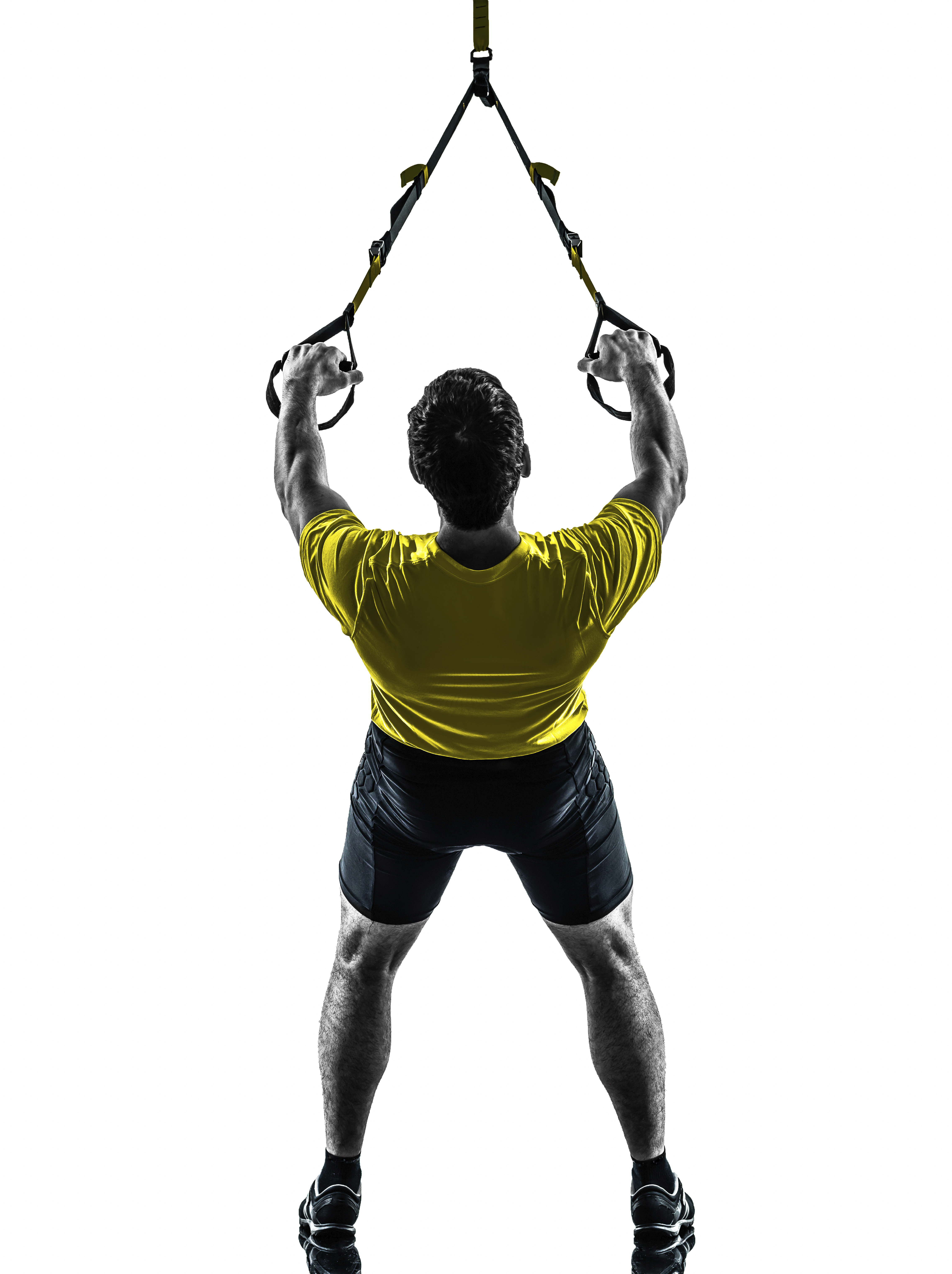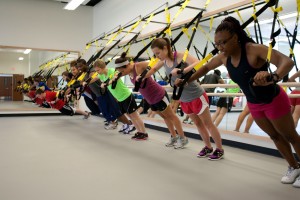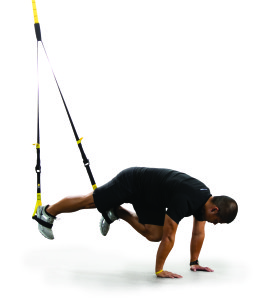
TRX TRAINING FOR REHABILITATION
Sometimes it is a good idea to implement some low impact, “active recovery” workouts in your week. These types of workouts are going to help iron out those creases and creaks you may feel – be that mobility in joints, or stiffness in muscles – these exercises and types of workouts are complementary active recovery activities that are going to enhance your performance across your health, fitness, and life in general.
What is TRX?
The name is short for Total Body Resistance Exercise and was developed by the Navy SEALs, so that they had a form of training that was portable and adaptable to their changing environment when on tour. Suspension training helps to develop total body muscular strength, improve balance and core stability, whilst also improving flexibility simultaneously.
Why is it good for rehabilitation?
Because of its suspended nature, it reduces stress and impact on joints, meaning less risk on causing injury, or aggravating existing injury. Exercises on the TRX are performed at a slow, controlled pace, to engage slow twitch muscle fibres, which are going to assist and improve your muscular endurance. Due to the instability the TRX strap provides, you are going to access the ability to recruit muscle fibres you perhaps neglect in your normal day-to-day life, or your normal training regime.
Why is it different?
Take a TRX chest press or simple press up: You are facing forward holding the TRX handles, and let’s be honest, as soon as you disengage your mind or your muscles, the first thing to hit the deck is going to be your face, and basic human instinct is telling us to protect ourselves from smashing our face on the ground. To save your face, unintentionally, you are engaging more muscle fibres to prevent this from happening, so when you then go to perform a press up on the floor, you are going to feel stronger as the floor is a stable, supported surface, and now that you’ve discovered there are more muscles that can assist this movement, your muscle memory will help you to apply the discovery to this movement, therefore find it easier and be able to perform more press ups.
Strength through TRX
This discovery of muscle fibres applies to all exercises performed using the TRX, because of this instability the TRX provides, which helps with this idea of rehabilitation. When you’re weaker in a certain muscle, or suffer an injury, you want to work not only on strengthening this muscle, but also the surrounding muscles, that are going to assist any movement that is required when you want to work this specific weaker muscle. For example, weakness in the lower back isn’t solely about the muscles in your lower back – you want to strengthen your abdominal muscles which in turn are going to help with posture and strengthening the entire core area, to help strengthen your back mannligapotek.com/.
Versatility
The TRX is versatile – you are able to work any and every muscle in the body, and also control the intensity of the exercise, depending on level of fitness experience or strength. You can control the scale of the intensity, using the TRX as a device to “de-weigh” a movement, taking away stress on joints, by performing partially weight bearing exercise, which in time, as your muscular endurance improves, you can change and progress to full weight bearing exercise.
How to train?
As The TRX official website states: “The versatility of TRX training gives you the ability to develop mobility, joint stability, and strength in multiple planes of motion, all with the same piece of equipment.” To reap the full benefits of TRX training, I would suggest performing a 30-45 minute low impact, slow and controlled full body TRX-based session on your rest days (one to three times a week). In these sessions, fully focus on technique and discipline in movement – the slower, the better, to increase your muscular endurance and control.


